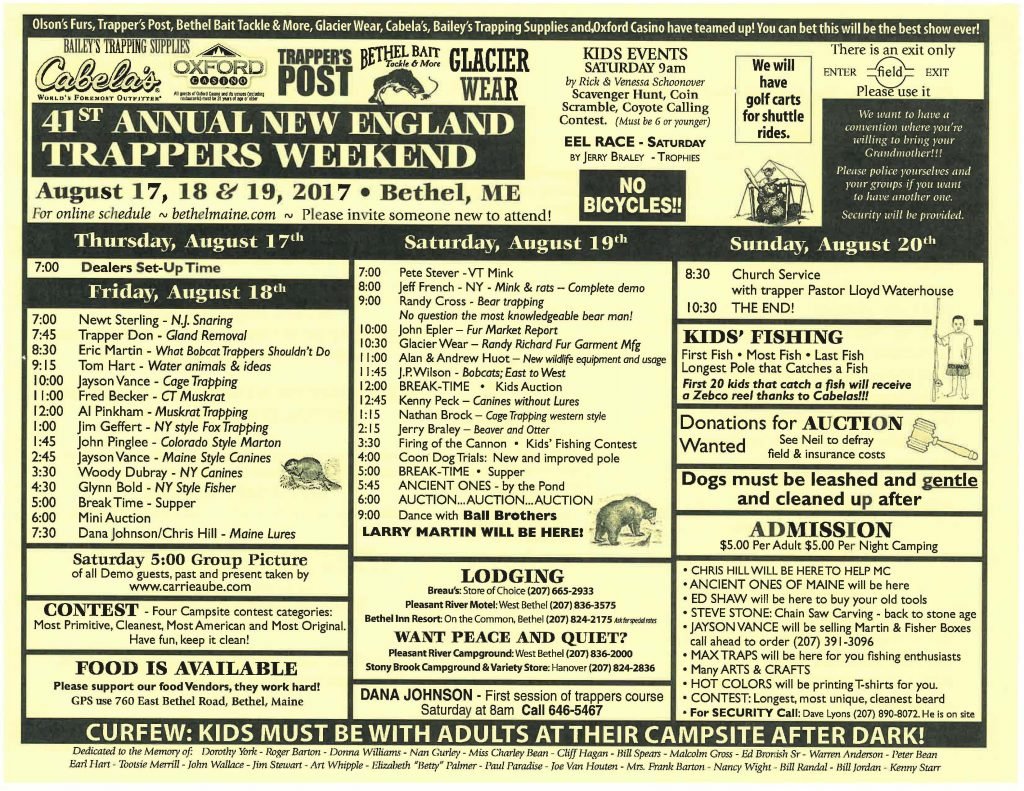
Last weekend I made the trip to Bethel, Maine to attend Neil Olson’s 41st Annual Trapper’s Weekend. It’s the biggest event of the year for New England trappers, with hundreds of trappers camped out in a field over the three or four days and probably a couple thousand coming in through the gates over the course of the weekend. I hadn’t been to the party for about 15 years, back when I was in school and learning how to trap, but it didn’t seem like much has changed since then, and it’s still a blast.
We trappers are a tight knit group. As Bob Noonan once told me, trappers are part of a unique subculture. We speak a language all our own. Trapping is something that’s important to us and it forms tight bonds amongst the ranks. 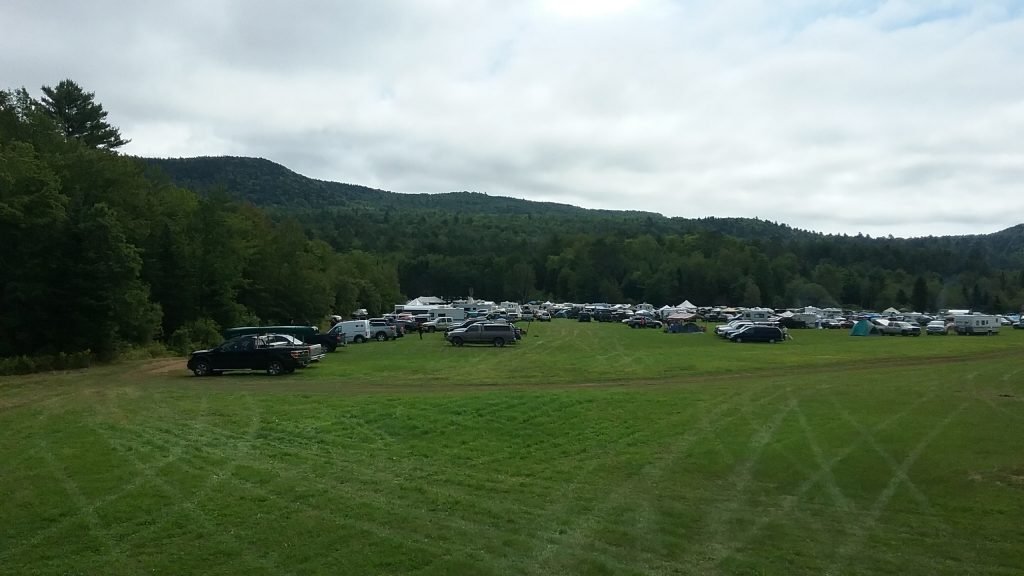 Neil Olson recognized this decades ago, and organized the event to provide trappers a place to gather before the upcoming season, purchase supplies, trade with others, share ideas and talk shop. The event was a success right from the beginning, and the fact that it’s been going on for more than 40 years speaks for itself.
Neil Olson recognized this decades ago, and organized the event to provide trappers a place to gather before the upcoming season, purchase supplies, trade with others, share ideas and talk shop. The event was a success right from the beginning, and the fact that it’s been going on for more than 40 years speaks for itself.
Near the entrance at Neil’s, a mini arena – basically a tent with staging set up for seating in a circle – was the center of activity for the week. Two full days of trapping demo’s took place here, where some of the most successful and best known in the New England trapping scene shared their knowledge, showed others new and innovative techniques, and answered questions.
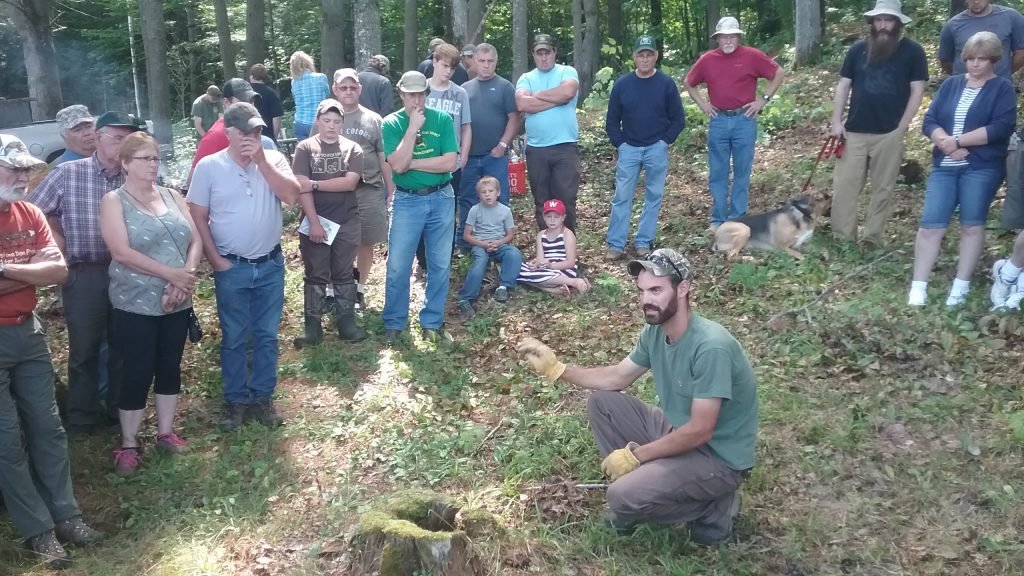
One of the things that struck me was the humility among most of the demonstrators and their openness to other ideas or suggestions. It was refreshing to see in an industry that’s often dominated by huge egos. Perhaps the low fur prices have weeded out the folks who don’t have that strong passion for trapping for trapping’s sake – or maybe it’s just a cultural shift. It was also neat to see and interact with folks who were looking to learn new things – no matter their age or level of experience. I was reminded that some of the best trappers in the country are constantly trying to learn and discover new things. It keeps things interesting and keeps trappers motivated. Think about it – if you already know everything there is to know about trapping and have let everyone else know, you may as well stay home!
The arena was surrounded by trapping supply dealers – there must have been at least half a dozen that carried a full line of trapping supplies, including Epler Fur Company and Wildlife Control Supplies. It was a great chance for trappers to get their hands on supplies and equipment and see how they worked, as well as make a purchase without the delays or costs of shipping.
Numerous smaller and specialty dealers were on hand, as well as dozens and dozens of tailgaters with different things to sell. It was a giant yard sale for trappers – something you certainly don’t see much of around anywhere!
Here are some highlights from a few of the demonstrations I had the chance to see, and some of what I took away from them.
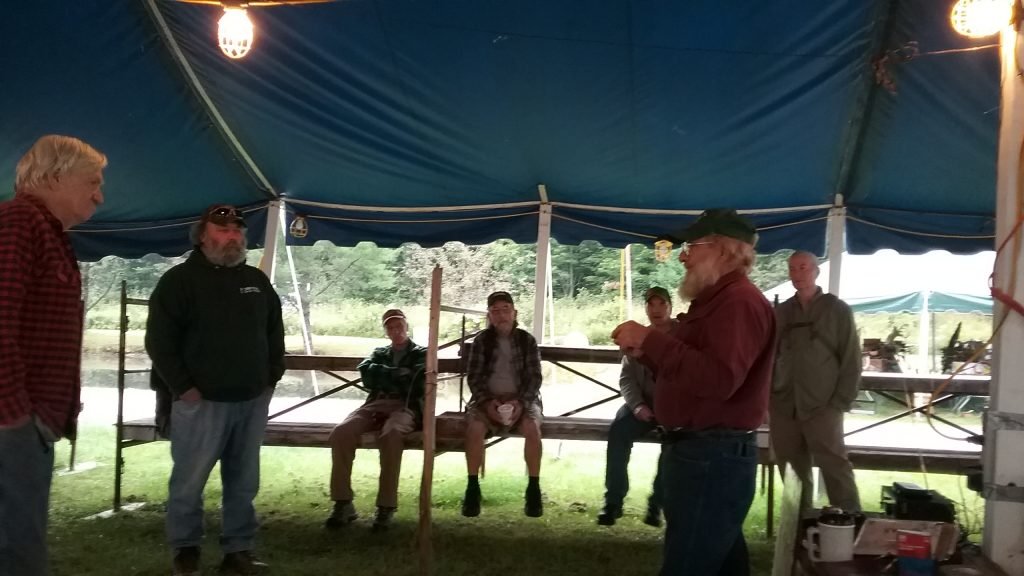
Newt Sterling gave a talk on New Jersey snaring. Really, it was a demo on snaring in general, and touched on a lot of items applicable to other states, including Maine. Newt is a legend in the trapping world and an innovator in snaring, snare building, and snare design/technology. He’s always thinking about new ideas and tests them out in the multi-state traplines he runs. Plus, I swear to God he hasn’t aged in the past 15 years! He’s also a humble man and a great story teller. I had the chance to talk with him later on about his father getting lost in the woods in the Allagash region of northern Maine. You can find more from Newt at www.snareone.com.
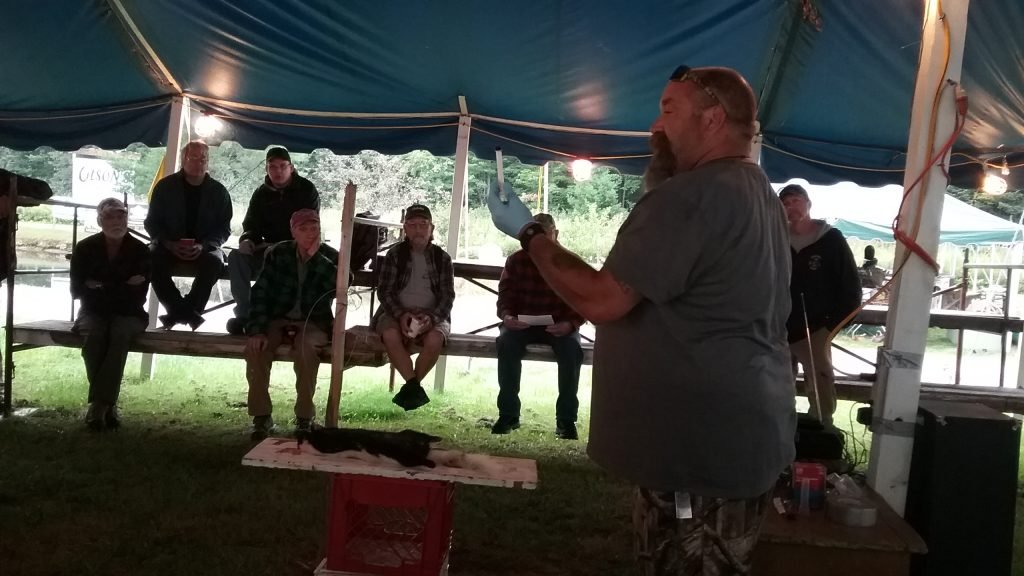
Trapper Don from www.wildlifesupplystore.com gave a demo on skunk glands and proper removal of skunk essence from the glands. He’s an ADC guy from Connecticut. He removed the essence from several skunks he’d brought along, and had some useful tips on essence extraction, storage and marketing of skunk essence.
My favorite demo was a bobcat trapping demonstration with Eric Martin. Having lived in the West and trapped in Utah and Montana, the last thing I expected was a talk from a fellow Mainer who longline traps in Wyoming. Eric’s story is fascinating. He’s one of the few who dreamed of going out West and actually made it happen. He’s a tall, lanky, older gentleman dressed for the northern plains with a slight Maine accent and an independent Western attitude. He’s the type that used to be common in the East, but it got too crowded and too regulated, and he moved to a place where he fit in. Few people think that way, have lived both lives, and can understand the feeling. I met Eric after the demo and had a great time talking and interacting with him. Not saying that he’s old, but I hope that at his age I can still be as energetic, adventurous and willing to try new things! It was refreshing.
Tom Hart gave a demo on water trapping. I only caught part of it, but was impressed with his enthusiasm and excitement about trapping in general. He’s one of those guys that makes you want to get out there and set traps.
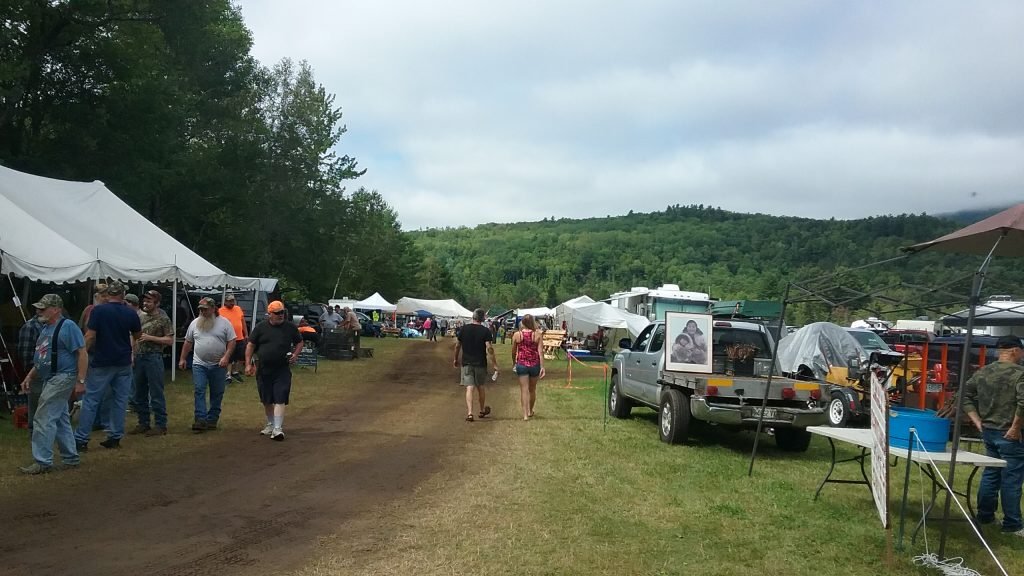 John Pinglee talked about the style of marten trapping he used when he trapped in Colorado. I kind of tuned out because the methods he showed aren’t legal in Maine anymore, but I was impressed with John’s desire to get young kids into trapping and his passion for education of young trappers and wildlife managers.
John Pinglee talked about the style of marten trapping he used when he trapped in Colorado. I kind of tuned out because the methods he showed aren’t legal in Maine anymore, but I was impressed with John’s desire to get young kids into trapping and his passion for education of young trappers and wildlife managers.
Woody Dubray made a statement that stuck with me. He really started living when he retired. Woody is a long line predator trapper in upstate New York and he had a lot to share about methods.
Glynn Bold might be the best fisher trapper in the U.S. The New York trapper has caught more than 1,000 fishers and is still going strong. He discussed fisher trapping in the face of change. He lost a lot of trapping ground due to land ownership changes and has had to deal with an increase in tick numbers and a unique set of regulations, but the guy has adapted and continues to catch fisher. He also gives a great demo.
Dana Johnson didn’t make it. Not exactly sure why the legend of Maine trapping wasn’t there, but a lot of guys missed him. His friend and protégé’ Chris Hill filled in for a talk on Maine lures, which kind of turned into a nice little comedy show (Chris is a great entertainer) and a chance to put J.P. Wilson on the spot to answer some questions about lure making. We had a fun time.
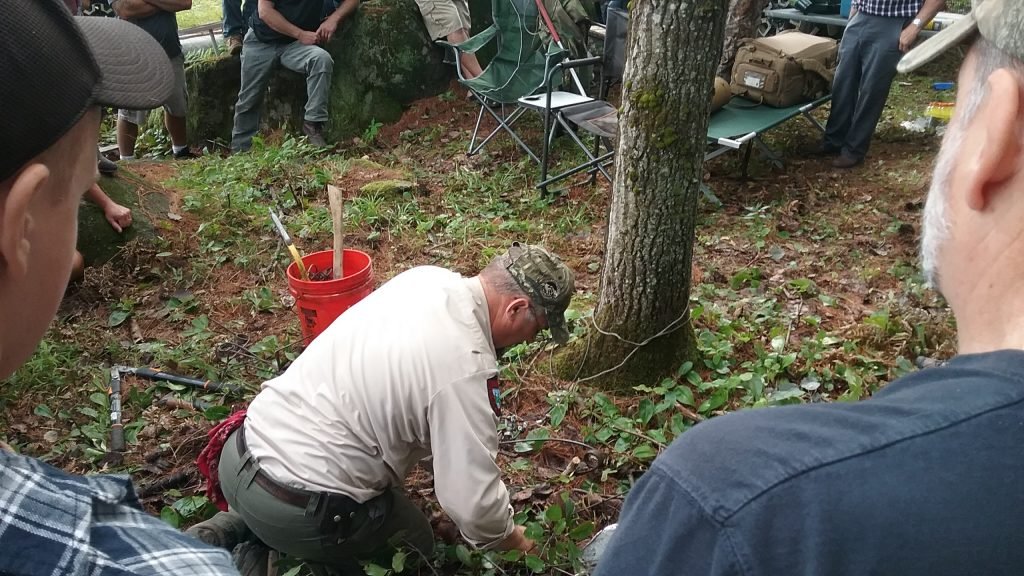
Randy Cross, bear biologist with Maine IF&W, gave a highly anticipated, well attended and captivating talk on bear trapping. Randy’s crew has trapped more than 2,000 bears for research purposes over the past 25 years and he has a strong passion for bear trapping. Need I say more?
John Epler Jr. gave a nice update on the fur market. John runs Epler Fur Company as a fur buyer and trapping supply dealer, and writes a fur market report for Trappers World magazine. He explained that the fur market is in a tough place, but there are some signs of improvement. Oil prices are creeping up, and the value of the U.S. dollar is coming down, which are both good indicators of a stronger fur market. John recommended trappers not target raccoon, as the market is flooded and freezers are full of coon pelts. He also suggested trappers market their fur early. This is an important point that all of us should pay attention to. I didn’t realize it, but John said that he’s only seen two good fur sales after March in the past 25 years. The later sales are cleanup sales and fur almost always sells cheaper.
I asked John for his suggestions on long term fur storage, and he gave some good insight. In a good freezer at zero degrees, coon and beaver skins will keep for 2-3 years. Fox should keep for a year. Make sure to dry out the moisture when you take fur out of the freezer.
John also explained the difference between wood and wire stretchers, and he obviously has no love for wire. Other than muskrats, all other furs should be put up on wood boards to get top quality pelts and top prices. Longer furs are valued higher in today’s market, and wood stretchers will give you at least a couple of inches of extra length on your pelts. Take it from an expert, wood is the way to go.
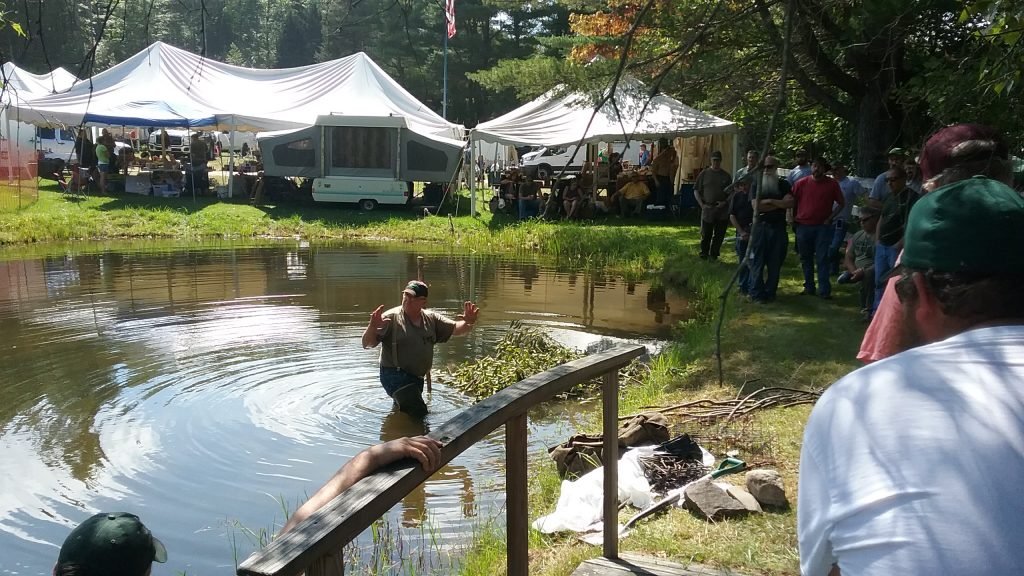
Jerry Braley gave perhaps the most entertaining presentation – a water trapping demo at Neil’s pond. Jerry is quite a character and the crowd got a kick out of his antics and one-liners. He’s also a big proponent of teaching the younger generation how to trap.
More than anything else, Neil Olson’s Trappers Weekend was an opportunity to cultivate excitement and motivation about trapping. Trappers in rural areas don’t get to connect with each other on a regular basis, and it’s a really good feeling to meet new people who think like us and catch up with old friends. I’m always fascinated by folks who are passionate about what they do. The trapping world has lots of those folks, and gatherings like Neil’s really bring them out of the woodwork!
Does any trap raccoons in the south rumford area